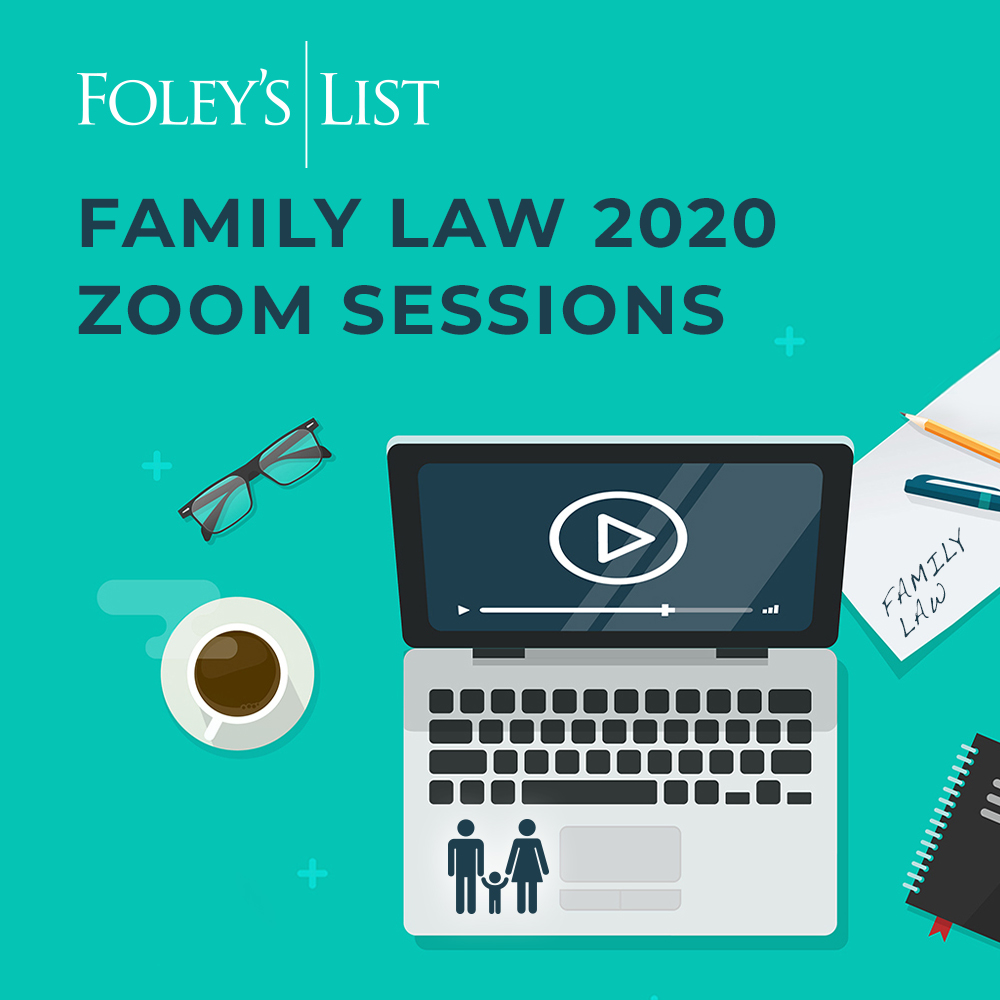Listen and subscribe: Apple Podcasts | Spotify | Amazon Music | Audible
In this episode, I discuss how the family law courts determine who gets to keep the family pet when a married or de facto couple separates.
Overview
Australia has very high pet-ownership rates. The RSPCA’s website cites statistics from Animal Medicines Australia which showed that, in 2022, 69% of Australian households have a pet. The most common pets are dogs, which are found in 48% of Australian households, followed by cats at 33%.
Those of us who have pets often consider them to be part of the family. People have strong emotional attachments to their pets, and many people treat them as if they were their children.
However, pets are not children as far as the law is concerned.
The Full Court in the 2022 decision of Grunseth & Wighton said:
As much as it will pain pet lovers, animals are property and are to be treated as such. Questions of attachment are not relevant and the Court is not, in effect, to undertake a parenting case in respect to them.
Chattels
So the family pet is, in the eyes of the law, just another chattel.
In most cases, the pet is unlikely to have great monetary value, so it is, rather sadly, akin to a household item like the TV or washing machine.
Can the Court make an order for shared custody?
Given that a family pet is an item of property, the “clean break” principle found in sections 81 and 90ST applies.
In Davenport & Davenport (No 2), Judge Tonkin observed that the Court has no jurisdiction under Part VIII of the Family Law Act to make an order for “shared custody” of a dog.
In the recent decision of Arena & Arena (No 4), a father in a parenting proceeding sought orders that the family pet move between the parties with the child, contending that the pet provided therapeutic value to the child, who had special needs.
Final property orders had already been made between the parents, and they provided for ownership of the pet.
Curran J, with reference to Grunseth & Wighton and Davenport, determined that the Court did not have jurisdiction to deal with the pet in parenting proceedings.
How Does the Court Decide Who Gets the Pet?
Chattels are more often than not disregarded when tabulating the property available for adjustment between parties, because it’s not cost-effective to have an expert value them.
The determination as to who gets to keep a chattel – including a family pet – is ultimately a discretionary one.
A reasonably recent example of a family law pet dispute is Judge Boymal’s 2022 decision in Barrese & Arrico.
The matter involved a modest property pool of about $147 k and a dog which the parties had acquired around the halfway mark of a short relationship of around 4 or 5 years.
Following separation, the dog remained in the wife’s care. The husband tried at least a couple of times to take the dog from the wife. One of those occasions involved breaking into the wife’s home, for which husband was arrested, an ultimately served a prison sentence.
There was no agreed monetary value for the dog, but on either party’s view the value was modest. Her Honour determined not to include the dog in the asset pool.
Judge Boymal referred to the wife’s evidence that she had purchased the dog, and that she had paid for veterinary services (including de-sexing), registration, food and toys.
The husband disputed this, asserting that he had purchased the dog.
Her Honour held that:
While there is a dispute about who paid for the dog and how much the dog cost those details are of little consequence. The circumstances of the purchase of the dog is [sic] not, in itself, determinative of ownership, nor does it determine the future ownership of him. Both parties have a sentimental attachment to the dog but that is also not determinative of who should retain him. The husband’s tenacity in endeavouring to have the dog in his care in my view does not determine that he has a better entitlement to the dog than the wife.
Her Honour found that the wife had made significantly greater financial contributions to the dog, had cared for the dog, and was the registered owner of the dog.
Her Honour held that
Given the wife’s financial expenditure on the dog and her maintenance and care of him the orders include that she shall retain the dog.
The Full Court in Grunseth & Wighton suggested an alternative approach, which I imagine would be taken by many animal lovers as an affront. It suggested:
If the ownership is contested, there is much to be said for each party making a blind bid for the pet, with the highest offer accepted and taken into account in dividing the property.
Conclusion
All in all, the family law landscape in relation to pets is likely to be an upsetting one for many parties. The Family Law Act makes no specific provision for pets, and they are given no higher status than whitegoods or couches.
Whilst each matter will be determined by the Court on a discretionary basis, the published cases suggest that factual matters such as registered ownership, and financial contributions to the upkeep of pets, can be important factors in determining who ultimately gets ownership of a pet.





